| Perhaps you were the math geek whizzing through your trig homework. But when it came to English class and object pronouns, subject-verb agreement, and the correct spelling of cemetery (all “e”s), you failed miserably. Enter your college roommate who walked around reciting the auxiliary verbs while toting a marked-up copy of Strunk & White (writing geeks know this). Every term paper and research report had you calling her for last-minute proofreading and checking whether you were using who or whom correctly. Now though, you’re a big shot, running a business. You’ve got an hour to finish that sales pitch for a lucrative client and the English major ain’t around. |
- Run the darn spellcheck. We all know relying on spellcheck alone is not a good idea because it cannot discern errors of context, like weather/whether. But, it does serve a purpose in identifying some minor mistakes that, if left unattended, can make your paper look like crap. The key is to pay attention. Spellcheck points out extra spaces and punctuation inconsistencies, like a period instead of a comma. These errors will make your paper look sloppy and kill your credibility, so consider spellcheck your baseline cleaner-upper.
- First things first. Be sure to reread, proofread, and read out loud your very first line, headline, and opening paragraph. Sure, the entire project is important, but a typo or misprint in the beginning will turn off your client right away. It’s possible (and probable) your reader will only skim the paper or memo, but an error on the first page will send the job down the drain, so spend a little extra time checking the introduction.
- Print (aka, kill the trees). If you have access to a printer, go ahead and make a hard copy. Studies show that errors are more likely to be caught when they are on the printed page rather than on screen. (This is my personal experience too.)
- Larger Than Life. Of course, if you don’t have time to get to Zippy’s Corner Printshop (or you want to save the trees), you will do your proofing on your monitor. Use the Magnify function (sometimes labeled Zoom or View) to bump up what you see on the screen to about 150% or larger, depending on your screen size. I go to 165% on my 13” MacBook Pro laptop. At this perspective, the bigger text allows you to notice inconsistencies and promptly correct them.
Of course. hiring a proofreader is the most reasonable and practical answer here as a professional would lend credibility to your work and save you lots of headache. You hire a hairdresser to pretty up your coif and go to the mechanic to repair your car; why not seek out a grammar and spelling expert when it comes to presenting yourself on paper?
Hopefully, in the end, a typo or two won’t make or break the sale or ruin your chance to impress the boss. But if you get her name wrong on the cover, or misspell a word like “public” (like this school in Indiana did in a huge billboard), it could be disastrous to your career, and garner lots of laughs at your expense.
where she specializes in proofreading business documents, client memos, sales pitches, emails, and annual reports. Read her column on avoiding typos and comment below with your grammar and writing questions.
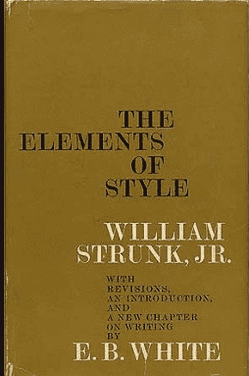


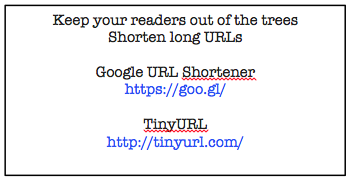
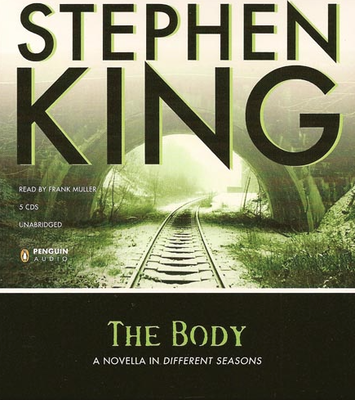
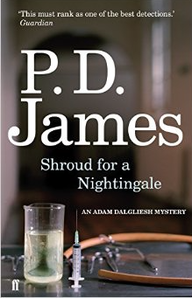
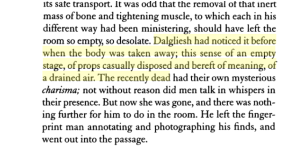



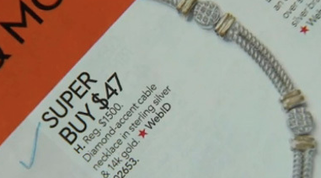


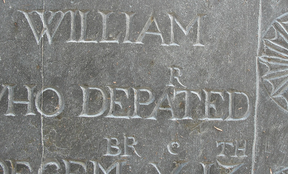

 RSS Feed
RSS Feed